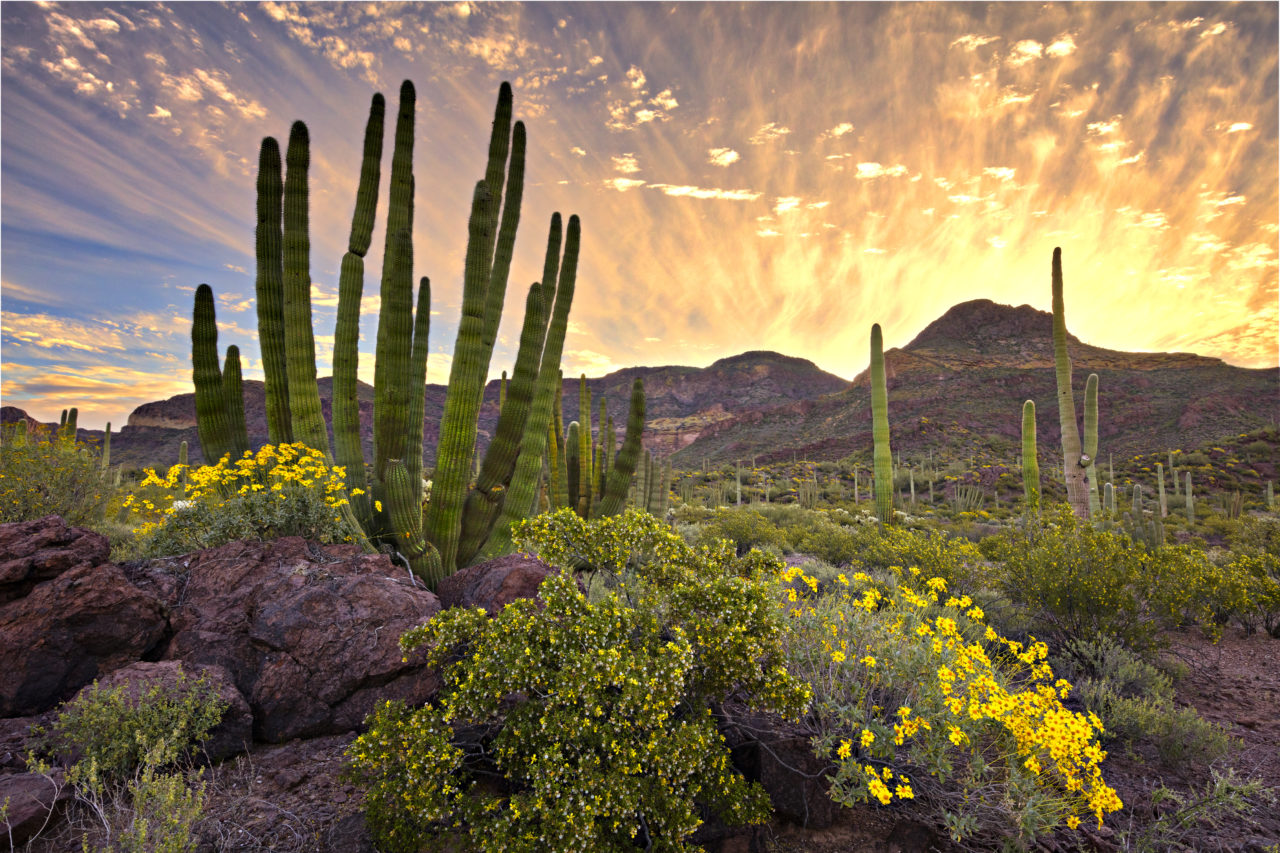Construction of President Trump’s “wall” — or fence — on the southern border could destroy or damage more than 20 archaeological sites in southern Arizona, reports the Washington Post.
The Post says it obtained “an internal National Park Service report” warning that heavy machinery needed to turn the current 5-foot-high barrier on the U.S. border with Mexico into a 30-foot steel fence “could pose irreparable harm to unexcavated remnants of ancient Sonoran Desert peoples.”
The 123-page report was completed in July and obtained by the Post via the Freedom of Information Act.

“Environmental groups have fought unsuccessfully to halt construction in the protected areas, arguing that more-imposing barriers could disrupt wildlife migration corridors and threaten the survival of imperiled species,” the Post says.
“But to date there has been little mention of the potential damage to archaeological sites, where stone tools, ceramic shards and other pre-Colombian artifacts are extremely well-preserved in the arid environment.”
The 22 sites that concern archaeologists are in Arizona’s Organ Pipe Cactus National Monument, where desert peoples have lived for at least 16,000 years.
Under pressure from Trump, U.S. Customs and Border Protection and the Army Corps of Engineers are fast-tracking construction in the threatened area to meet his campaign pledge of completing 500 miles of barrier by next year’s election.
“Some archaeological features along the border already have suffered damage as Border Patrol agents zoom through the desert in pursuit of migrants and smugglers in all-terrain vehicles,” says the Post, citing “federal officials and two experts who have conducted research in the region.”
The newspaper reports that “at least a dozen Native American tribes claim a connection to the lands within Organ Pipe Cactus National Monument,” particularly near an important oasis called Quitobaquito Springs.
“The springs and surrounding desert wetlands are just 200 feet from the border, where crews plan to bring in heavy earthmoving equipment to install the giant steel barriers,” the Post says. “Scientists also have raised concerns that the springs could dry up if crews pump groundwater from the area for the barrier’s concrete base.”



